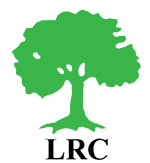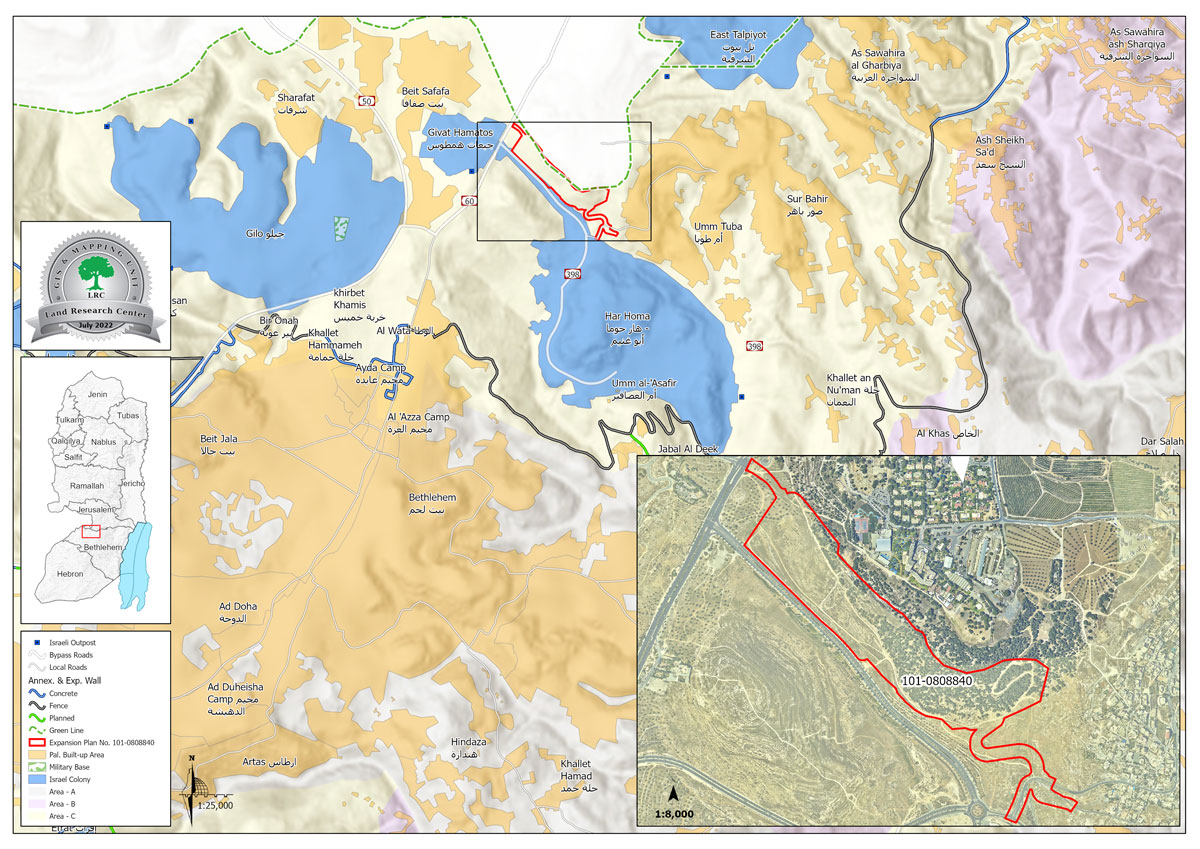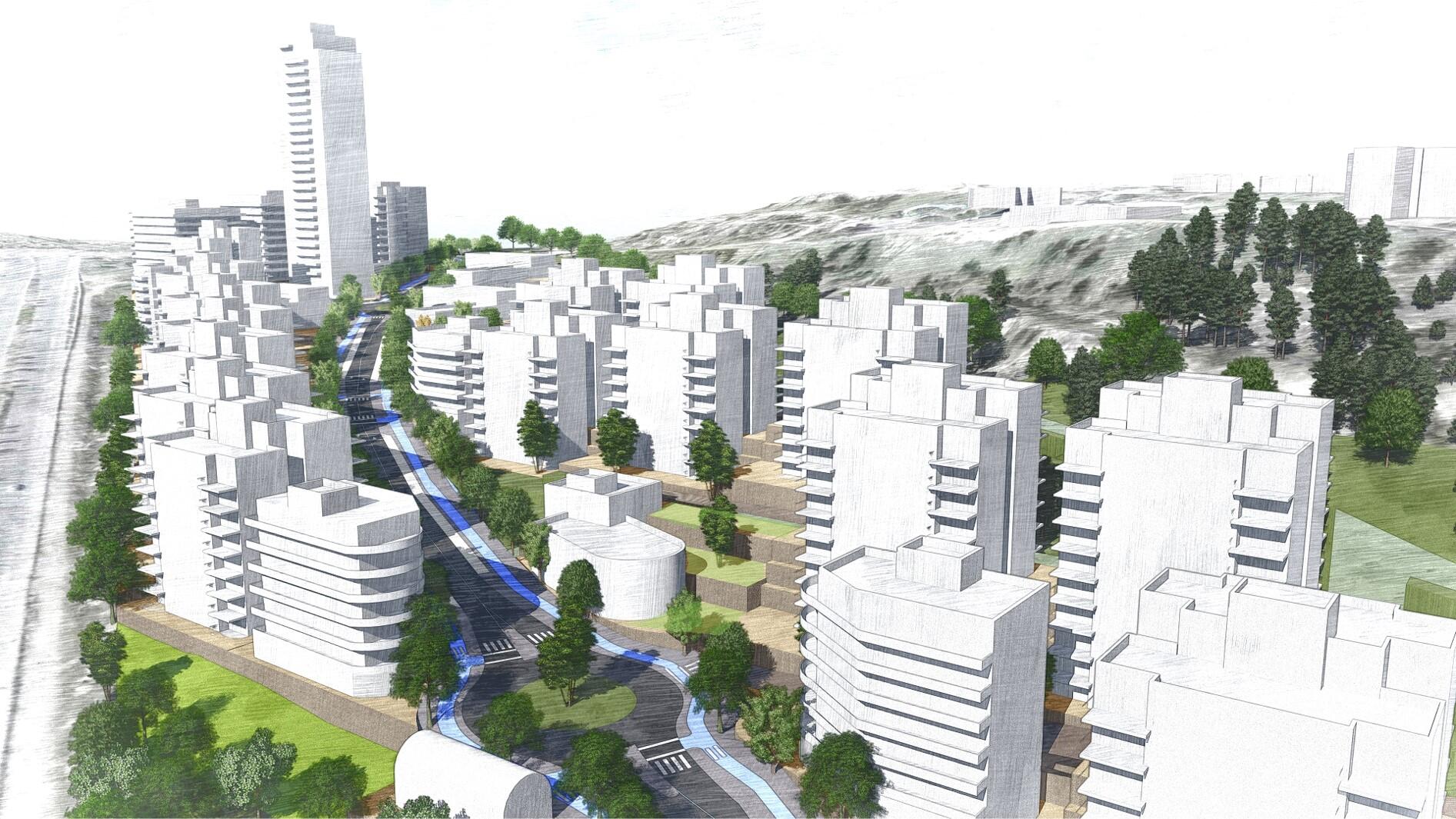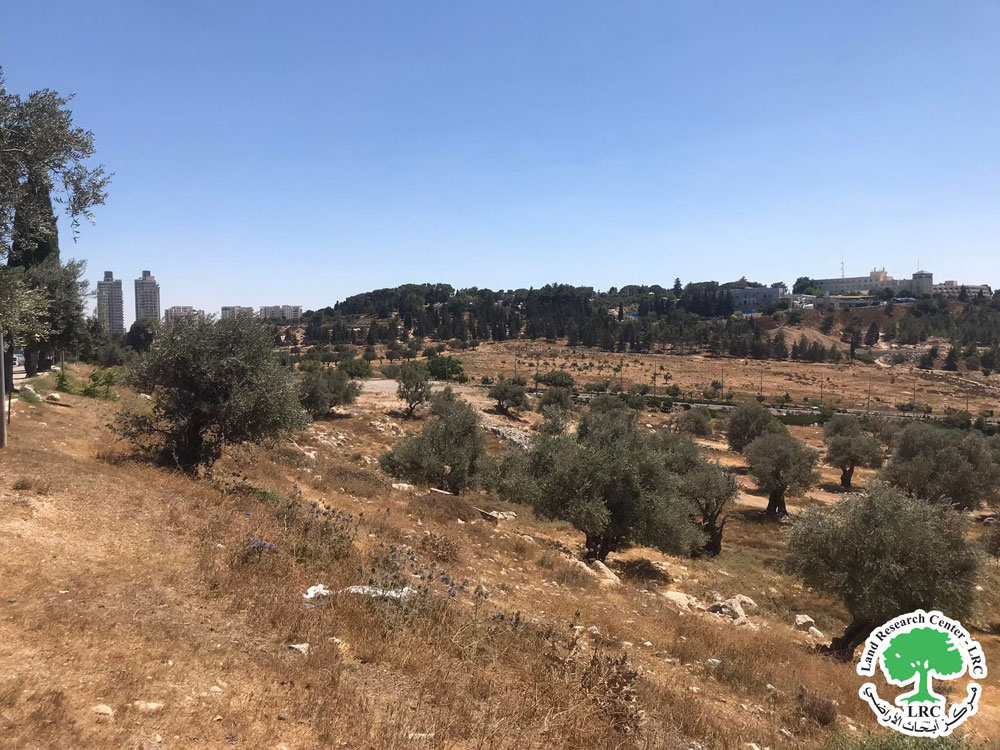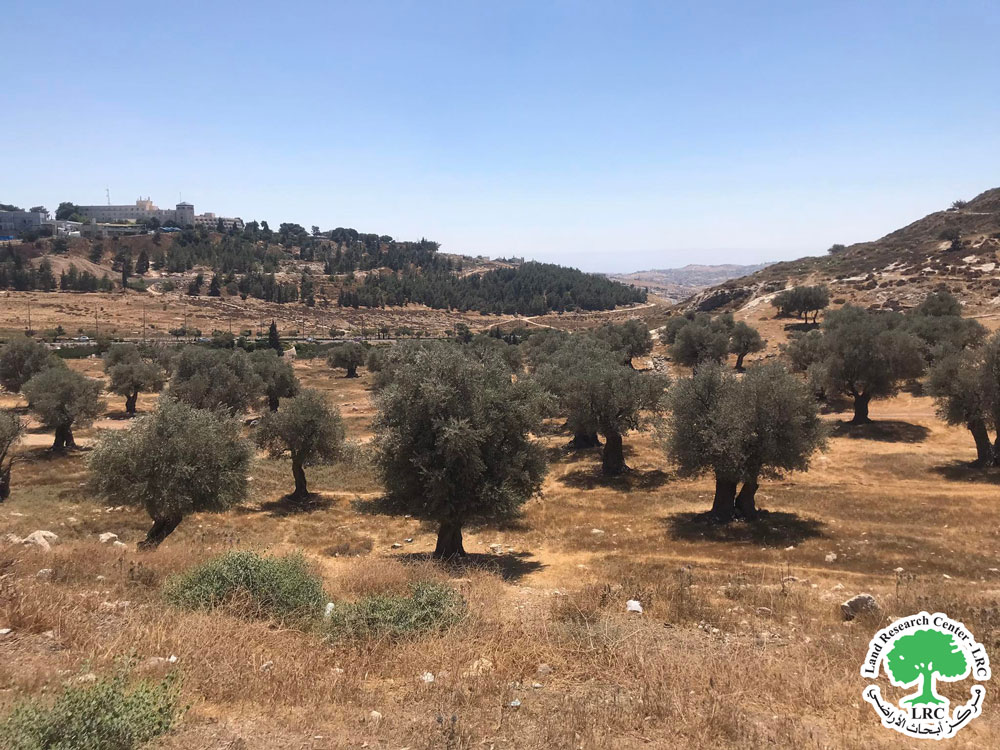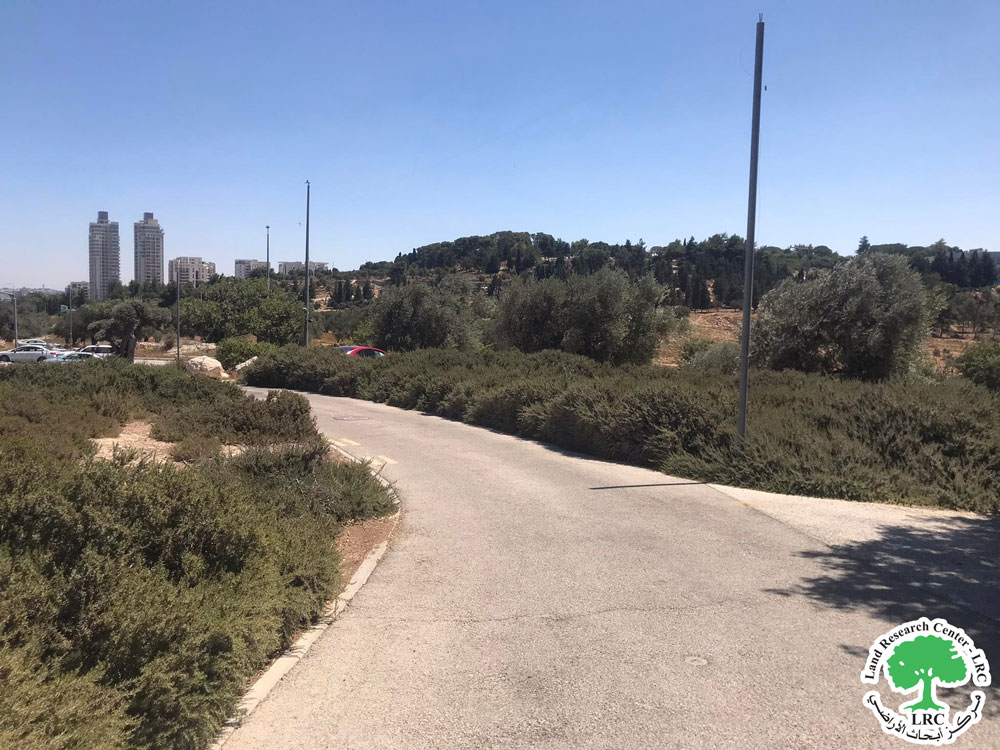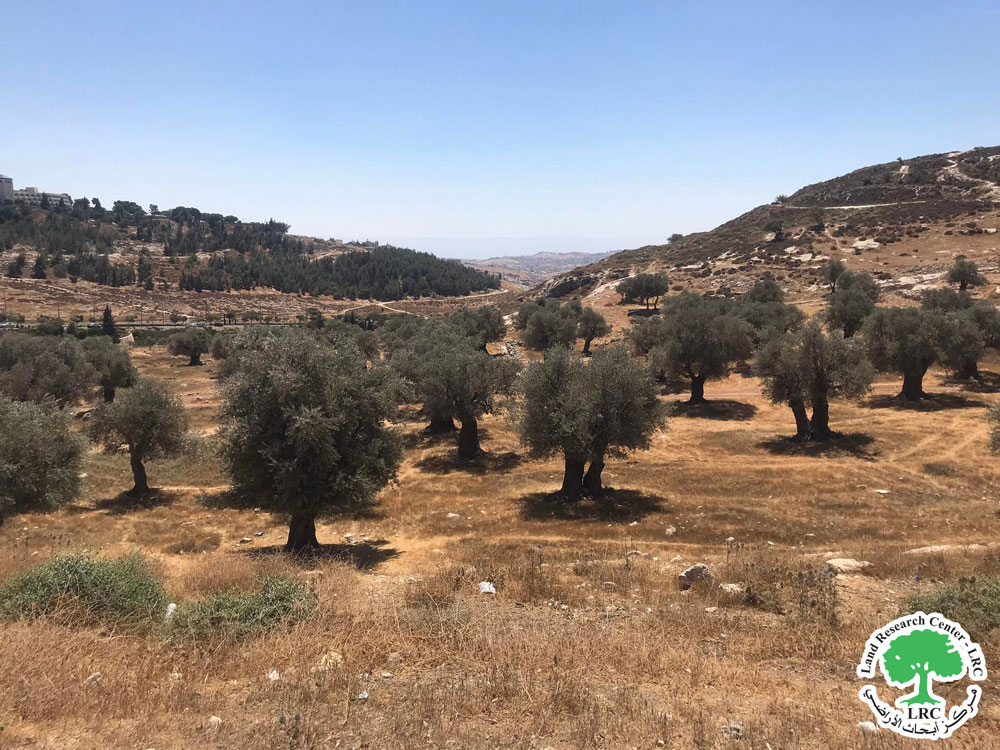Related
Israeli Scheme to Expand Ramat Rahel Kibbutz on confiscated lands from Sur Baher and Beit Safafa / Occupied Jerusalem
The Jerusalem Planning and Building Committee in the occupation municipality in Jerusalem approved a settlement plan to expand the settlement (Kibutz Ramat Rachel) to the south of occupied Jerusalem. The committee approved this project in January 2022, and it is called the Lower Aqueduct Project, due to the presence of traces of ancient water channels belonging to the water system that connected Sa’ir to the south to Jerusalem in the past.
future model of the settlement
The announcement of this settlement project comes within a group of settlement projects in different areas of Jerusalem. This project will be built on about 186 dunums of this area, and includes about 1215 housing units, 250 sheltered housing units, a residential tower of about 28 floors, and seven housing complexes from 7 to 11 floors, a kindergarten, an elementary and a secondary school, in addition to public buildings. Green spaces and other infrastructure elements such as streets, large car parks and a large sports hall.
|
|
show the land on which the settlement is intended to be established (view to the north)
The plot of land is located on the lands of Sur Baher, and the occupation municipality claims the ownership of the land to a number of parties, such as the Jewish Agency (property custodian) about 57 dunams for Jews from before 1948, about 21 dunams for the Kern Kaymet Association, ten dunams as absentee property, and about 7 dunams as state property The rest is private land.
The plot of land is located on the lands of Sur Baher, and the occupation municipality claims the ownership of the land to a number of parties, such as the Jewish Agency (property custodian) about 57 dunams for Jews from before 1948, about 21 dunams for the Kern Kaymet Association, ten dunams as absentee property, and about 7 dunams as state property The rest is private lands.
The Mayor of Jerusalem, Moshe Leon commented:
“Establishing the housing complex south of Ramat Rachel is part of the municipal policy to increase the supply of housing in the city through construction in vacant areas and promoting urban renewal. The development of the area will include the construction of public buildings, environmental development as well as the development of public transportation infrastructure, which will link the complex for all the neighborhoods of the city”.
It is noteworthy that the settlement expansion in this kibbutz is in addition to the existing expansion in each of the settlements of (Givat Hamatos) to the west, separated by Jerusalem- Hebron road, and the settlement of (Har Homa) to the south, which constitutes an increase in the number of settlers in that part of Jerusalem, and isolates Jerusalem from the surroundings.
Legal Feedback:
The confiscating, settlement activates and threats carried out by the occupation authorities against Palestinian lands, homes and facilities are part of their violations of international and humanitarian law, and a violation of a right of Palestinian citizens guaranteed by international law and international treaties, which is the right to adequate housing, and land ownership are mentioned among the following articles:
- Article 46 of the 1907 Hague Convention states: “The honor and rights of the family, the life of persons and private property, as well as religious beliefs and rituals, should be respected. Private property shall not be confiscated.”
- Article 55 of the 1907 Hague Convention states: “The occupying power considers itself only an administrator and usufructuary of public institutions, buildings, forests and agricultural lands owned by the hostile country and located in the occupied country. It must maintain and manage the interior of these properties. According to the rules of use”.
Kibbutz Ramat Rachel:
An Israeli kibbutz is located to the south of Jerusalem and within the municipal boundaries of the city of Jerusalem. It overlooks the city of Bethlehem and Rachel's tomb. In 2010, the population of the kibbutz reached nearly 400 people, and in 2019 the number reached about 545. It was established in 1926 on the lands of the villages of Sur Baher and Beit Safafa, and the kibbutz is located on an archaeological hill which was discovered during excavations in the last century.

